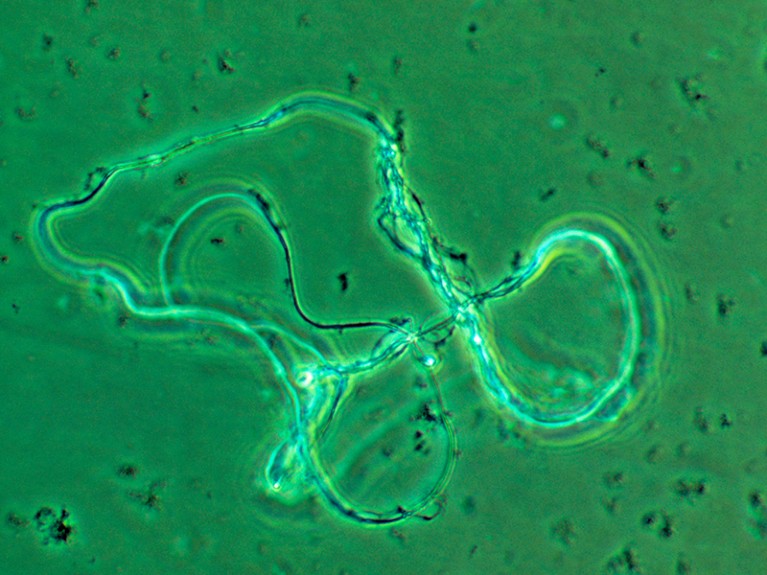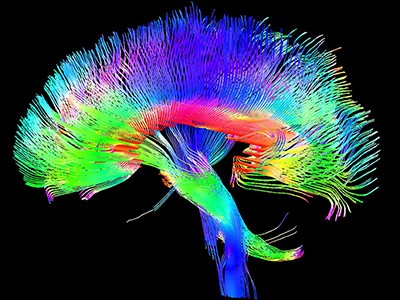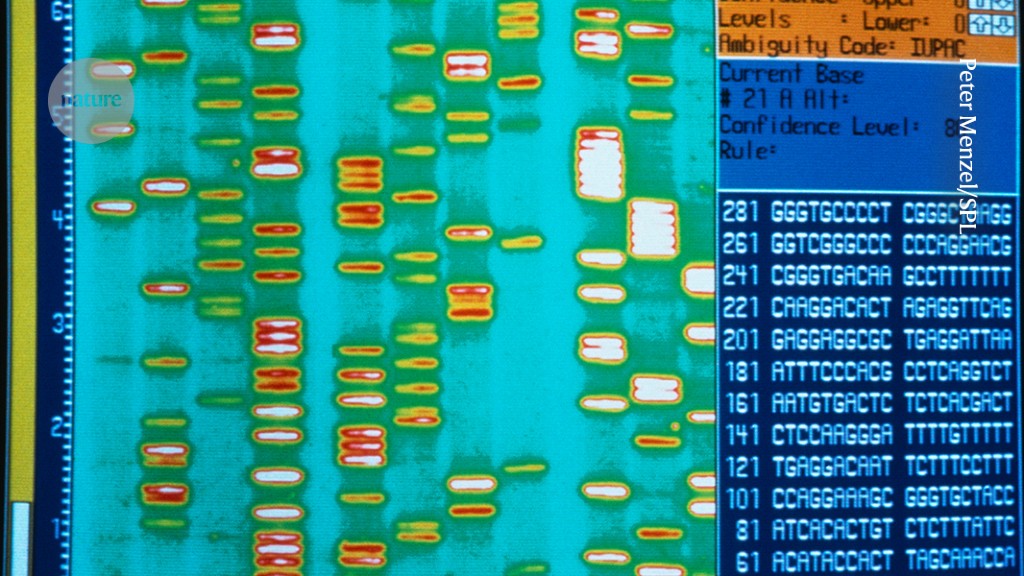DNA sequencing has become routine, but the roles of individual genes can be hard to be pin.Credit: Peter Menzel/SPL
How Life Works: A User’s Guide to the New Biology Philip Ball Pan Macmillan (2024)
For too long, scientists have been content in espousing the lazy metaphor of living systems operating simply like machines, says science writer Philip Ball in How Life Works. Yet, it’s important to be open about the complexity of biology — including what we don’t know — because public understanding affects policy, health care and trust in science. “So long as we insist that cells are computers and genes are their code,” writes Ball, life might as well be “sprinkled with invisible magic”. But, reality “is far more interesting and wonderful”, as he explains in this must-read user’s guide for biologists and non-biologists alike.
When the human genome was sequenced in 2001, many thought that it would prove to be an ‘instruction manual’ for life. But the genome turned out to be no blueprint. In fact, most genes don’t have a pre-set function that can be determined from their DNA sequence.
Instead, genes’ activity — whether they are expressed or not, for instance, or the length of protein that they encode — depends on myriad external factors, from the diet to the environment in which the organism develops. And each trait can be influenced by many genes. For example, mutations in almost 300 genes have been identified as indicating a risk that a person will develop schizophrenia.

A tour of the evolution of minds
It’s therefore a huge oversimplification, notes Ball, to say that genes cause this trait or that disease. The reality is that organisms are extremely robust, and a particular function can often be performed even when key genes are removed. For instance, although the HCN4 gene encodes a protein that acts as the heart’s primary pacemaker, the heart retains its rhythm even if the gene is mutated1.
Another metaphor that Ball criticizes is that of a protein with a fixed shape binding to its target being similar to how a key fits into a lock. Many proteins, he points out, have disordered domains — sections whose shape is not fixed, but changes constantly.
This “fuzziness and imprecision” is not sloppy design, but an essential feature of protein interactions. Being disordered makes proteins “versatile communicators”, able to respond rapidly to changes in the cell, binding to different partners and transmitting different signals depending on the circumstance. For example, the protein aconitase can switch from metabolizing sugar to promoting iron intake to red blood cells when iron is scarce. Almost 70% of protein domains might be disordered.
Classic views of evolution should also be questioned. Evolution is often regarded as “a slow affair of letting random mutations change one amino acid for another and seeing what effect it produces”. But in fact, proteins are typically made up of several sections called modules — reshuffling, duplicating and tinkering with these modules is a common way to produce a useful new protein.

DNA alone cannot reveal how life works.Credit: Philippe Plailly/SPL
Later in the book, Ball grapples with the philosophical question of what makes an organism alive. Agency — the ability of an organism to bring about change to itself or its environment to achieve a goal — is the author’s central focus. Such agency, he argues, is attributable to whole organisms, not just to their genomes. Genes, proteins and processes such as evolution don’t have goals, but a person certainly does. So, too, do plants and bacteria, on more-simple levels — a bacterium might avoid some stimuli and be drawn to others, for instance. Dethroning the genome in this way contests the current standard thinking about biology, and I think that such a challenge is sorely needed.

Neuroscience needs some new ideas
Ball is not alone in calling for a drastic rethink of how scientists discuss biology. There has been a flurry of publications in this vein in the past year, written by me and others2–4. All outline reasons to redefine what genes do. All highlight the physiological processes by which organisms control their genomes. And all argue that agency and purpose are definitive characteristics of life that have been overlooked in conventional, gene-centric views of biology.
This burst of activity represents a frustrated thought that “it is time to become impatient with the old view”, as Ball says. Genetics alone cannot help us to understand and treat many of the diseases that cause the biggest health-care burdens, such as schizophrenia, cardiovascular diseases and cancer. These conditions are physiological at their core, the author points out — despite having genetic components, they are nonetheless caused by cellular processes going awry. Those holistic processes are what we must understand, if we are to find cures.
Ultimately, Ball concludes that “we are at the beginning of a profound rethinking of how life works”. In my view, beginning is the key word here. Scientists must take care not to substitute an old set of dogmas with a new one. It’s time to stop pretending that, give or take a few bits and pieces, we know how life works. Instead, we must let our ideas evolve as more discoveries are made in the coming decades. Sitting in uncertainty, while working to make those discoveries, will be biology’s great task for the twenty-first century.
Competing Interests
The author declares no competing interests.

Dr. Sarah Adams is a scientist and science communicator who makes complex topics accessible to all. Her articles explore breakthroughs in various scientific disciplines, from space exploration to cutting-edge research.



/cdn.vox-cdn.com/uploads/chorus_asset/file/25255185/246965_vision_pro_VPavic_0001.jpg)


